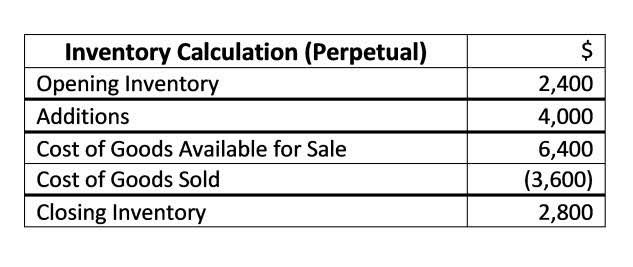
The planning and envisioning categories arise from the rules of stewardship one adopts. In the last analysis, however, any account definitions are arbitrary. The only justification for them is that they will prove helpful in supporting and managing my notion of the church’s ministries, and that is clearly a judgment call. There are many more reasons churches need to have fund accounting implemented in their accounting books. Anything less is unacceptable when it comes to the church’s accounting and transparency. The type of organization you have will dictate the revenue accounts that are listed first.
Tracking Donations, Tithes, and Fundraising Income
- We will go over the major sections — Assets, Liabilities, Revenues, and Expenses.
- Setting up a Chart of Accounts for a church involves a careful balance.
- You may need to clean standardize and transform your data to fit the new system’s structure.
- If a formal organizational chart doesn’t exist, map one out quickly by hand.
- As you can see there are two separate entries happening to pay a bill via the accounts payable, and numerous accounts are involved.
- Here are some best practices to keep in mind when gathering this information.
- Although nearly all churches are tax-exempt organizations, that doesn’t mean your church can write off tax season!
Departments — youth, media, worship, and the like — are a bit more straightforward, but it’s still important to clarify church accounting reporting and accountability structures. Departments, such as youth, media and worship, are a bit more straightforward, but it’s still important to clarify reporting and accountability structures. Why can’t we just keep the weekly flower fund on the church books? This was a question recently posed by a passionate church volunteer who uses a small $50 fund to make sure there are fresh flowers at the front of the sanctuary each week.
Effective Benchmarking: Thinking Outside The Box

For example, if you sell products, the product revenue accounts will be listed first under Operating Revenue. In the case of churches, they get the majority of their revenue through donations so trial balance donation revenue accounts appear first. Financial statements also make excellent external resources. By understanding and effectively utilizing a Chart of Accounts, churches can ensure they are managing their finances in a way that best supports their mission and serves their community. Our nonprofit accounting guide walks through the definition of fund accounting as well as the statements and documents that you must pull from your COA.
- For example, nonprofits have utility and salary expense just like a for-profit organization.
- Some software, like Quickbooks allow sub-accounts because they are not a true fund-based accounting systems.
- In general, businesses use accounting to maximize their profits, while churches aren’t legally allowed to turn a profit.
- You may also consult an accountant to determine which is most suited to your needs.
- You’ll need to decide whether you’re going to use a manual accounting system or an accounting software.
- However, the base structure should remain closely similar.
Building Blocks

In a proper church accounting system, the CoA works in conjunction with funds, to create a robust church fund accounting system that answers the question of accountability. Funds bookkeeping and payroll services working with the CoA, provide a multiple tier reporting structure that gives a deep dive view into the organization’s spending. A nonprofit chart of accounts differs from a regular business chart of accounts primarily in how it reflects the specific financial activities and reporting requirements of a church.

Churches that don’t have much of a budget may consider training volunteers to handle bookkeeping tasks. You may be able to attract young people hoping to launch an accounting career. Most software systems will run reports automatically saving you the hassle of gathering data and consolidating it. Here are some tips to keep in mind to ensure funds are properly allocated and reported accurately. The following equations will demonstrate the difference between for-profit and nonprofit accounting. Use the Balance tab to view the balances for the selected account.
Implementing Software
Once your accounts are set up, you’ll need to input the opening balances for each account/fund/category. This is usually the balance of each account/fund/category at the start of the fiscal or physical year. We’ve put together a few sample Chart of Accounts below for you to review and use as needed. But remember, a Chart of Accounts will vary based on the specific needs of each church. However, the base structure should remain closely similar.